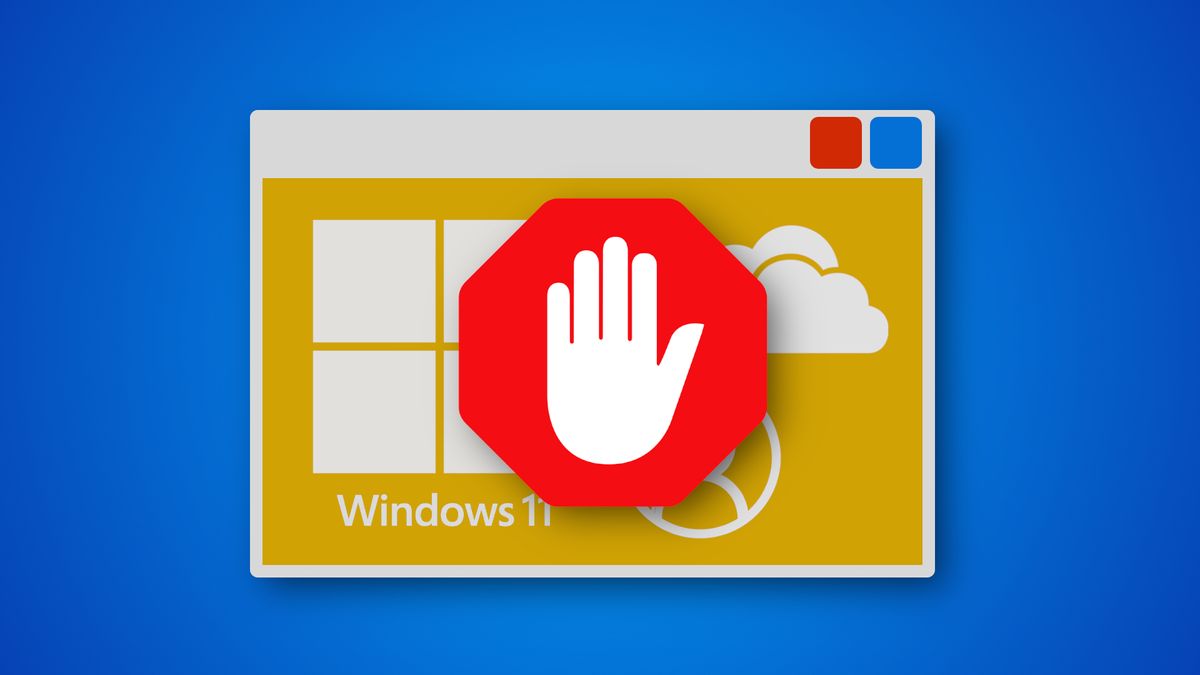

PHOTO:
puhhha
Call centers and contact centers can serve as the front lines of your customer service and customer experience. Most organizations recognize that, but actually knowing the difference between a call center and a contact center is important as organizations shape their customer experience programs.
So what’s good to know when comparing a call center vs. contact center? “All the activities in a call center take place through a phone call,” said Joe De Wet, director of product at Clickatell. “Activities in a contact center take place through multiple channels like through the company website, email, company branded apps, chat apps, social media, etc.”
What Is a Call Center?
So let’s take a minute to level-set what we’re discussing: the differences between a call center a contact center. A call center is a centralized department in a company where a team of dedicated staff manage all incoming phone calls, according to De Wet. This team might also be tasked with outgoing calls to current or potential customers. These can include phone calls around marketing, selling and serving customers.
Gregg Johnson, CEO of Invoca, added there are a lot of different kinds of call centers, but the ones his teams happen to focus on are the call centers operated and contracted by B2C brands. These call centers primarily field inbound and outbound calls with consumers either to get more information to complete their purchase, make an appointment, get a quote, follow up on missed opportunities, and so on, Johnson added. These revenue-driving actions would be considered a “conversion” or a “sale” by a sales or marketing organization within the company.
“These call centers may also handle customer service calls, but if you zoom in another level, the kind of call centers that we serve usually want sales-related, revenue-generating calls,” Johnson said. “They actually frequently work to redirect service calls away from these departments, as their agents are focused on making sales and customer acquisition, not serving current customers. Call centers traditionally only handle customer inquiries that come via phone call.”
Related Article: Why Enterprises Are Turning to Contact Centers in the Cloud
Call Center Features
Traditionally call centers are seen to be the contact point of the brand. Customers who phone into call centers expect instant gratification in having their problems solved, according to De Wet.
There are a number of systems that need to work together in unison to provide a good customer experience. There are many features a call center needs. According to De Wet here are a few important ones:
- Interactive voice response (IVR)
- Skill-based routing
- Call recording
- Computer telephony integration (CTI)
- Call tracking and monitoring
- Live call transfers
- Desktop notifications
- CRM integrations
- Live call coaching
- Call center analytics
What software/technical components are generally needed for agents in a call center? According to De Wet, they include:
- ACD (Automatic call distributor)
- Intelligent call-back
- IVR (Interactive voice response)
- CTI (Computer telephony integration)
- Universal queuing & ticketing solution
- IV (Interactive video)
- Call recording system
- Script and call flow designer
- Authentication solution (Voice biometrics, SMS, etc.)
- CMS (Call management system)
- QM (Quality Management)
- CRM (Customer relationship management)
Call Centers Are Typically a Part of Contact Centers
A call center can be and should be part of a contact center. It is vital for consistency in customer service, according to De Wet.
Johnson said a call center being part of a contact center really depends on the structure of the company and the contact center. This nomenclature and business model is still shifting, and some may say “call center” when referring to what we see as a “contact center” and vice versa. “The way we view a contact center, they would handle phone calls as well as the chat, email, SMS, etc.,” Johnson said. “This is not to say that some do handle phone calls and other conversations separately, but the trend is to move calls and other direct customer interaction channels to an integrated contact center operation.”
A contact center not only handles inquiries from customers who call, they field emails, live chat, SMS, and even inquiries that come through social media, like Twitter. Contact center agents frequently multitask and handle multiple channels throughout the day. However, some agents will specialize in particular product or business lines, inquiry or call types (e.g. cancellations, sales, service, etc.), or channels (e.g., phone versus Twitter).
“Contact centers are frequently not a ‘center’ at all,” Johnson said. “Many, if not most, of today’s contact centers utilize dispersed remote agents.”
What Is a Contact Center?
A contact center, on the other hand, is a team that manages current and potential customer queries on multiple channels. For example, they may get queries via the company website, email, company branded apps, chat apps and social media, its not just phone calls like a call center. This team’s activities can include marketing selling, and serving customers.
According to Johnson, the primary difference is that contact centers generally:
- Handle all inquiry channels: calls, email, live chat, SMS, social media, etc. whereas the traditional call center only answers phone calls
- Have agents that multi-task and answer inquiries from multiple channels
- Use a structure that’s more specialized — customers are routed directly to the agent who is best trained and equipped to handle the type of call (sales, customer service, cancellations, specific product and business lines)
Contact Center Features
There are many contact center features, according to De Wet, who shared several:
- Omnichannel friendly
- Digital receptionist, chatbot integration, auto responses
- Call recording
- Agent status
- Contact center analytics
- Seamless transferring
- Internal chat
- App integration
- CRM and Business Tool integration
- Customer surveys
What software/technical components are generally needed for agents in a contact center? They include the same components needed for a call center, and include the following:
- Omnichannel integration
- Call deflection capabilities
- CRM integration
- Workforce Management Software
Related Article: 5 Skills Contact Center Employees Need Beyond Empathy
Contact Centers = Broader View of Customer
At the end of the day, do customers care which they are contacting — call center vs. contact center? No, said Johnson. This is not a subtlety that consumers would really be aware of, he added. However, companies that have made the transformation to “contact centers” often are more advanced in applying technology to customer interactions — so they often have a broader view of the customer, across interaction channels and can deliver higher quality service faster.
“This isn’t always the case,” he added, “but there is likely some correlation between the evolution of the contact center and the quality of the customer experience.”






